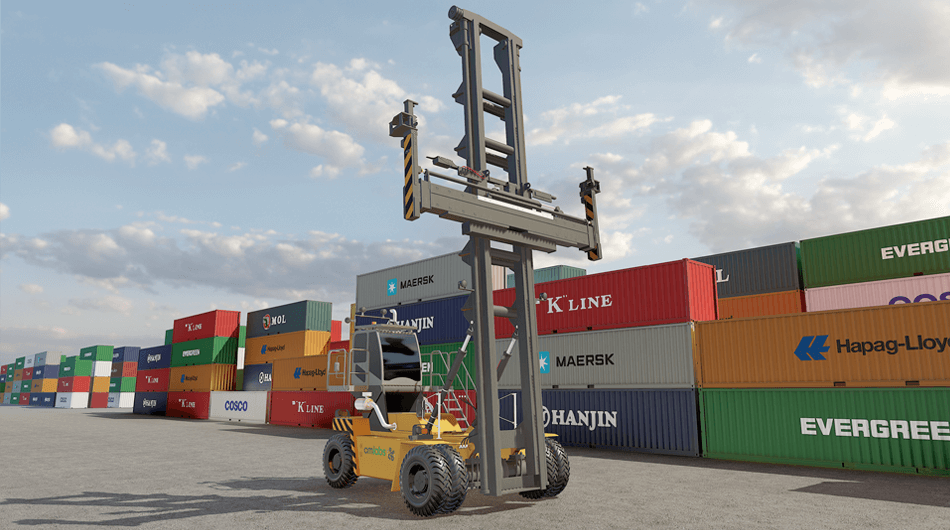Simulators deliver return on investment (ROI) in a wide range of ways for construction companies, unions, and training schools. Here are just a few.
1. Training standardization
Simulators are impartial; they don’t play favorites. Nor are they susceptible to problems or issues between instructor and trainee that can occur with on-the-job training. With a simulator, every trainee is held to the same standard of training that makes for safe, competent equipment operation, with no exceptions.
Simulators also track, measure and benchmark trainee performance. This enables companies to easily set up a training program, or more effectively manage an existing one.
The pay-off comes from your ability to objectively assess which operators are best suited to particular jobs — in other words, your ability to deploy your resources in the most efficient way.
2. Trainee throughput
Want to train more operators? Training schools do, and simulators enable them to do it. Simulators can be used 24/7 in a controlled environment in a classroom of virtually any size.
Higher student throughput means more revenue and a healthier bottom line, something all training schools look for, especially when it’s combined with the reputation of innovation that a high-quality simulator can bring to an organization.
3. Training effectiveness
Quality, state-of-the-art simulators can be so lifelike and realistic, they give novices a real feeling for the equipment they’re training on. So when they get into the cab of a piece of machinery, they bring with them a level of skill and sense of confidence they simply could not get in any other way.
Organizations in need of operators use simulation-based training for other reasons. By being seen to employ an advanced and effective training technique, they can recruit more potential employees, and generate more inquiries about their company.
This also helps them build and enhance their brand, something that’s especially important in an era when interest in operating heavy equipment is in desperate need of resuscitation.
The end result is that these organizations are able to deploy operators with better skills and better job site effectiveness.
4. Improved operator safety
Ultimately, simulators help train safer operators, which means a reduced likelihood of incidents.
The costs of worksite incidents are enormous, and mount quickly—not only in the sense of injuries or fatalities, but also in terms of damage to equipment and property, work stoppages, lost productivity, increased insurance premiums, drug testing and much more. The U.S. National Safety Council estimates that work injury costs exceeded $170 billion in 2018*, with construction being one of the most dangerous industries. By improving safety alone, simulators can pay for themselves over and over again.
5. Improved training efficiency
Operators with simulation-based training can learn faster and become more efficient. This is another area that translates directly into dollars and cents.
One of CM Labs’ clients, Conewago Enterprises, a mid-Atlantic construction company, was able to slash onsite crane training time from 6 months to 7 weeks through simulation training. This alone cut training costs by over 60%, from $40,000 to $15,000 per trainee.
6. Improved productivity
Beyond that, through the use of a Vortex simulator, a Conewago excavator operator was able to reduce cycle time by over 37%. That kind of improvement in productivity adds up quickly. All other things being equal, every 30-second reduction in cycle time represents a savings of $12,000 on a 30,000CY project, and a savings of $40,000 on a 100,000CY project.
And that‘s just one example.
The Bottom Line
ROI from simulation-based training is so easy to find because it shows up in so many ways: from safety, to efficiency, to standardization, to throughput, to effectiveness—and so much more.
This makes our customers happy, but it should interest you too. Companies and organizations expect return on investment before they invest their dollars–and simulation-based training delivers.
*U.S. National Safety Council



